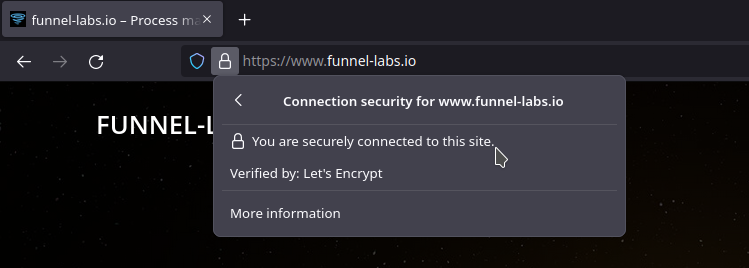EnvoyProxy 5: Authorized Access with JWT
Abstract The purpose of this article is to explain how to use technologies is to validate that users are who they claim to be (authentication) and to determine what resources that user has permission to access (authorization). This is done by expanding upon the protections against man-in-the-middle and eavesdropping attacks that are obtained with the…
Read more
EnvoyProxy 4: Securing Connections with HTTPS
Abstract In order to secure a network system from eavesdropping and man-in-the-middle attacks, it is important to protect your data from outsiders as it travels across the public infrastructure of the Internet. Encryption can be used to shield data from prying eyes and digital signatures can verify that clients are connecting to your web service.…
Read more
Introduction to Network Security
Introduction When building a networked computer system, an inescapable fact that one must contend with, is that a large chunk of the communication between your system and its users will occur over public network infrastructure that you do not own or operate. There is no guarantee that there are not malicious actors who may intercept…
Read more
EnvoyProxy 3: Sophisticated Rate Limiting
Abstract This article continues on the work from the previous article, EnvoyProxy 2, but makes use of a powerful feature, rate limiting, which can block requests if they are made more frequently than a certain limit. A demonstration of using this feature to protect against general brute-force attacks is provided, as well as customizing rate…
Read more
EnvoyProxy 2: Microservices and Routing
Abstract In part 1 of this series of articles on EnvoyProxy, a high level overview of reverse proxies, what they are for, and the internal architecture of EnvoyProxy is explained. Furthermore, the reader was made familiar with how to configure EnvoyProxy and where to find documentation to learn more. In this article, the ways in…
Read more




